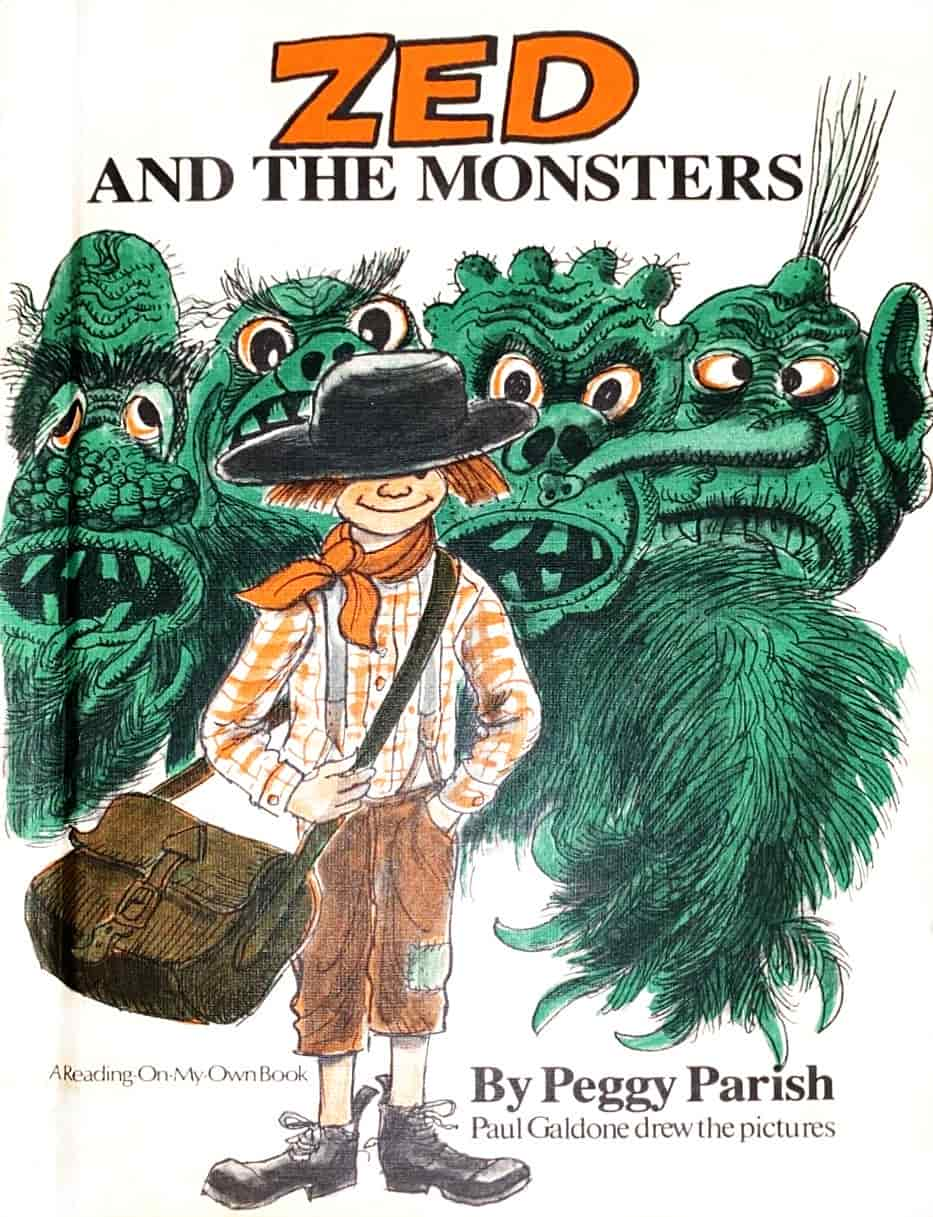Natalie Tran is one of Australia’s best comedians and I enjoy her increasingly sporadic uploads to Community Channel on YouTube.
Recently Natalie has been babysitting, and wonders what to do when the kid tells her there’s a monster in their bedroom.
a. Do you go along with it?
b. Do you tell them it’s just their imagination?
I like the idea of going in with a cricket bat and coming out with a bunch of clothes in a black bin liner, announcing the job done, but let’s assume this is a serious question. What is the best thing to do?
Most picture book writers are on ‘a’ side of the fence, not only going along with the idea of monsters, but maybe even introducing the very concept of monsters to children in the first place. I mean, who thinks of this stuff?
And a visit to Wikipedia has just informed me that the lalala stuff at the end is actually “La ilaha illa Allah”, which means “there is no god but Allah” in Arabic. Oooh. Secret religious messages.
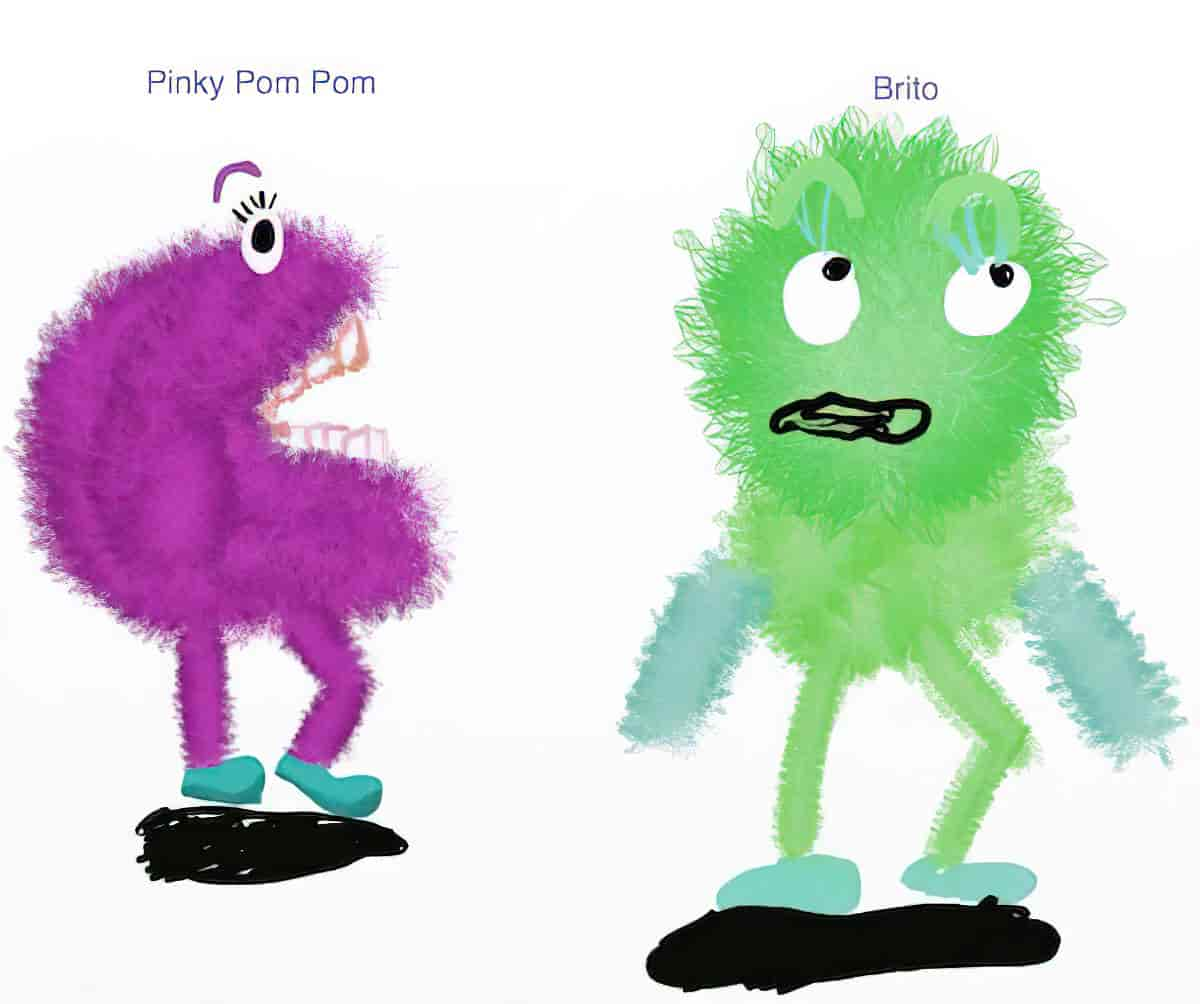
A Field Guide to the Eccentric Creatures of Classic Children’s Literature from Huffington Post
The Role Of Children’s Stories In Managing Childhood Fears And Promoting Empowerment, a paper by M.A. Taylor
The Greatest Monsters In Children’s Literature according to Flavorwire
Picture Books With Monsters, a Goodreads list
Monsters Are Living, Breathing Metaphors
Must Monsters Always Be Male? at The Guardian
There are a lot of picture books with the message for preschoolers: Don’t be scared of the dark. The monsters you imagine are benign. We’ll then read a book about a terrible monster under the bed who turns out to be an adorable fluffy creature who befriends the child protagonist.
Here’s what I’d like to know: Do all children imagine monsters? Or is the idea of a monster introduced by the very media designed to assuage their fears? If we were to bring up a child sans media, sans Grimm, sans terror, would that child still conjure up the worst?
I doubt anyone has managed that experiment, but I do know that for our part, the resident toddler didn’t start being afraid of the dark until she started watching more sophisticated television and listening with some comprehension to picture books.
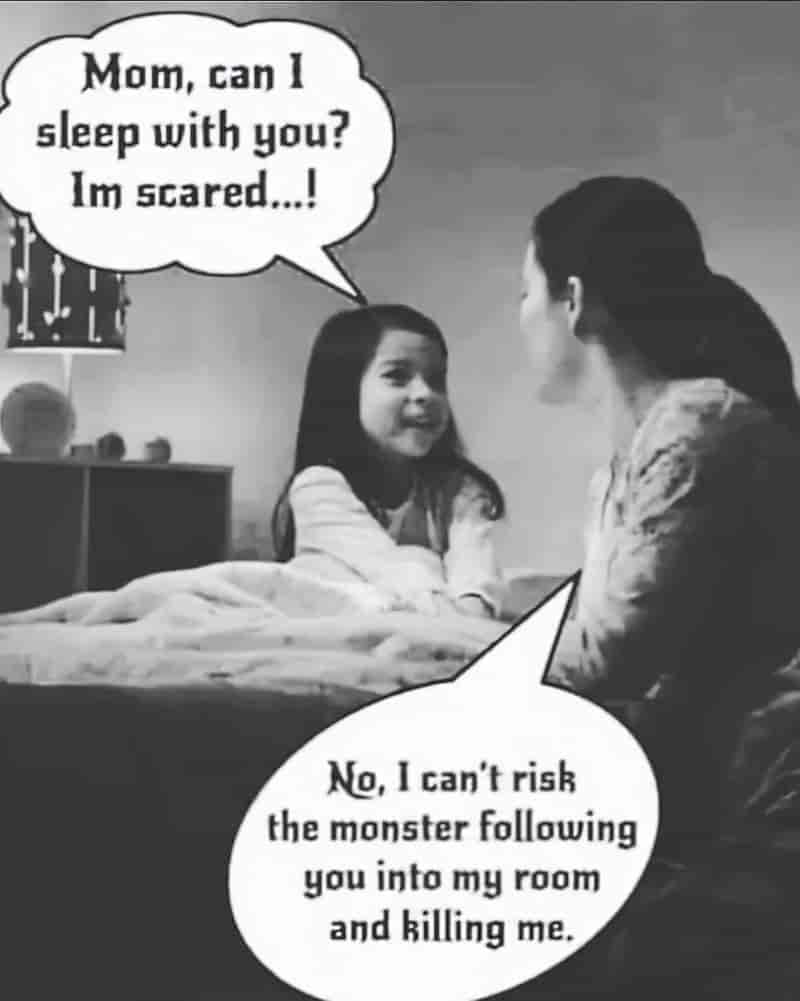
SEA MONSTERS
SEA MONSTERS IN FOLK TALE
WHY THE SEA MOANS
“Why The Sea Moans” is a Brazilian legend about a runaway princess and a sea monster.
If you’d like to hear “Why The Sea Moans” read aloud, I recommend the retellings by Parcast’s Tales podcast series. (They have now moved over to Spotify.) These are ancient tales retold using contemporary English, complete with music and Foley effects. Some of these old tales are pretty hard to read, but the Tales podcast presents them in an easily digestible way. “Why The Sea Moans” was published August 2021.

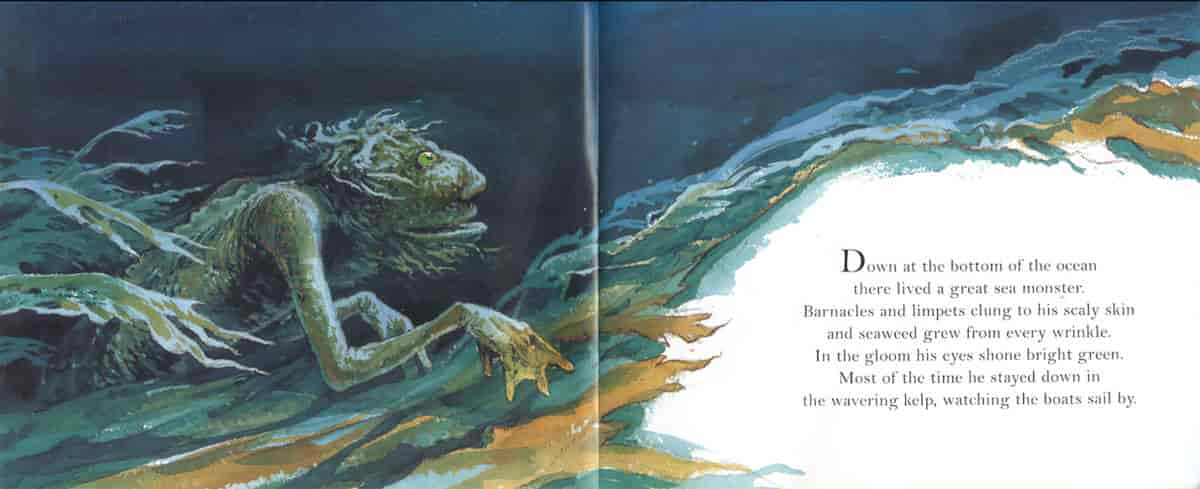


Illustration for Jules Verne’s “20,000 Leagues Under the Sea” 1937
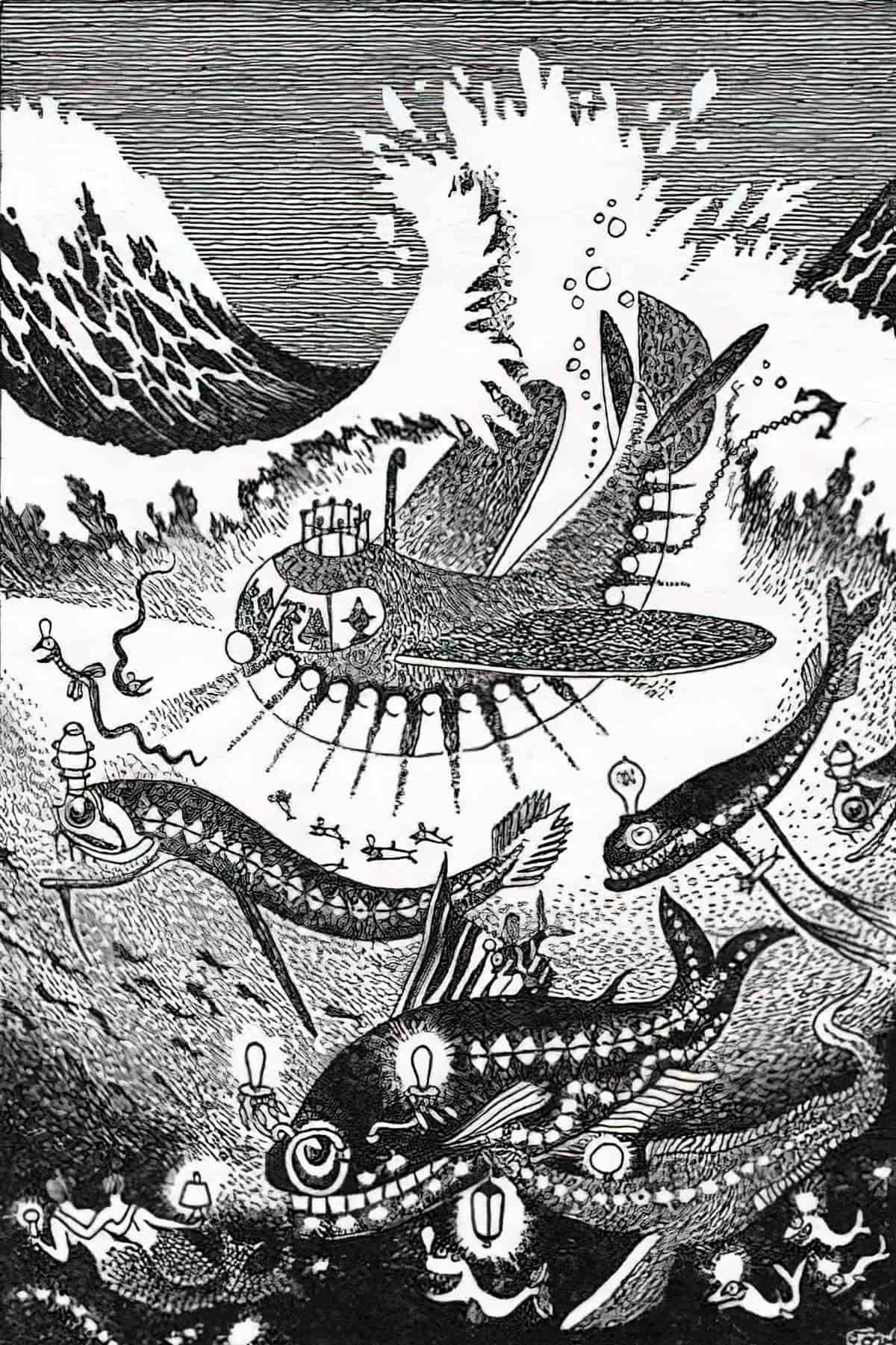


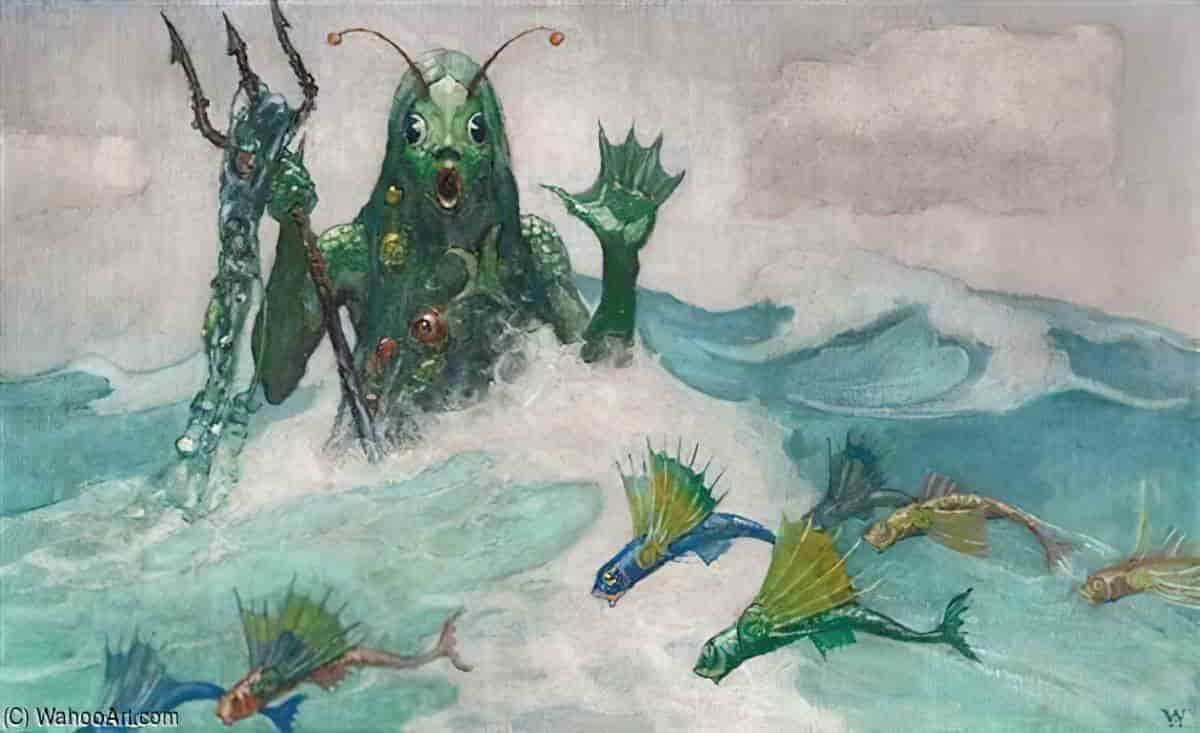
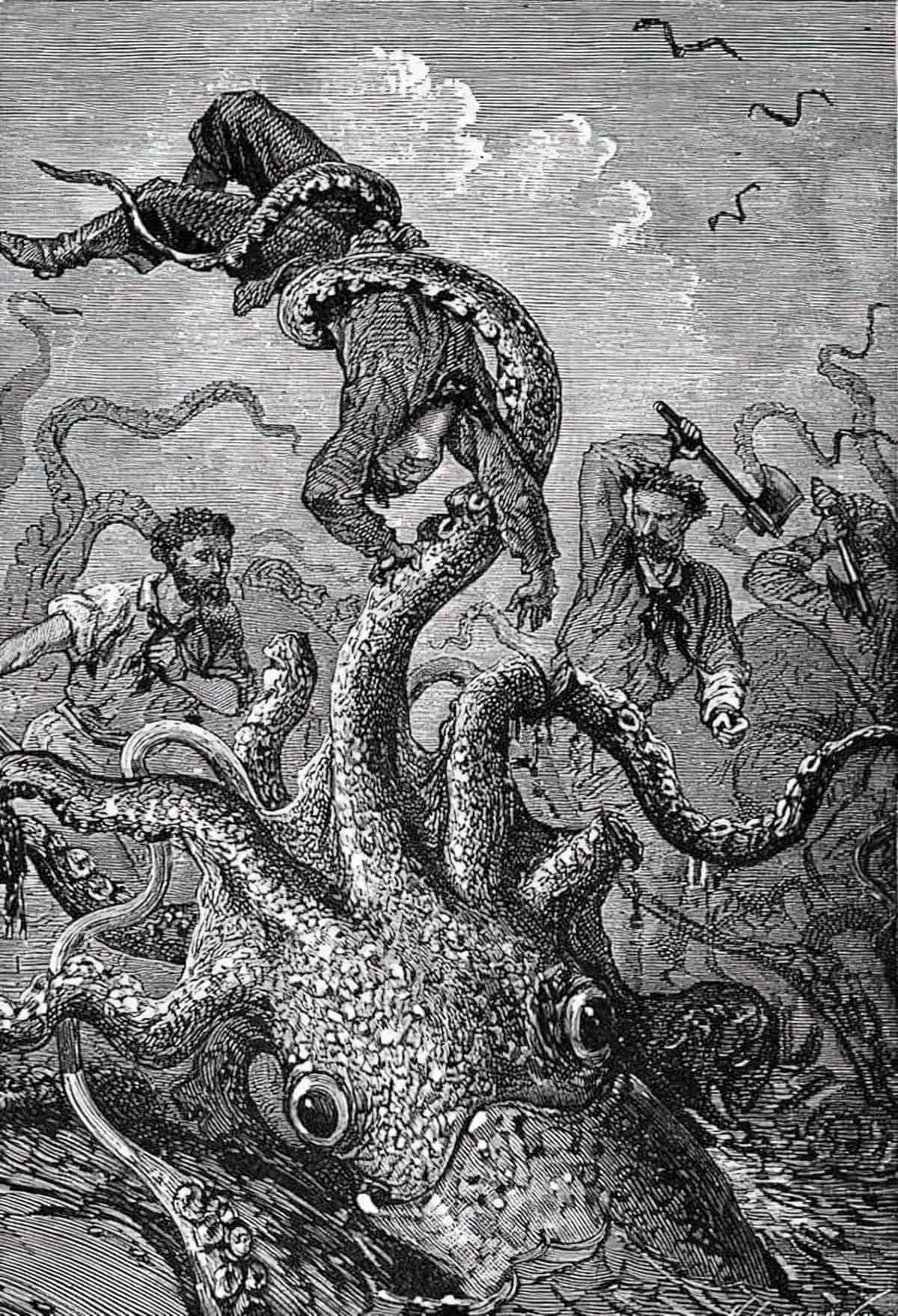
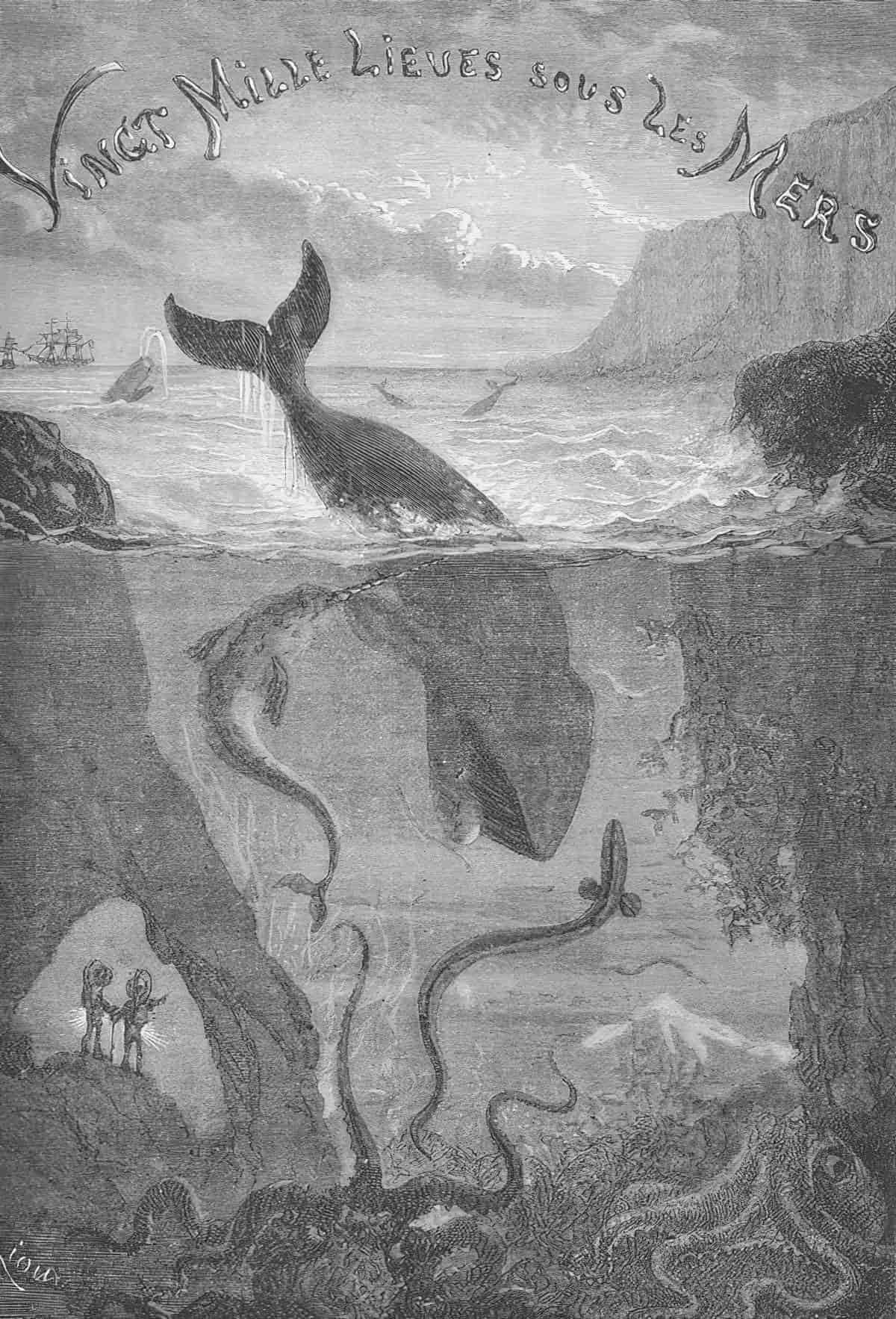



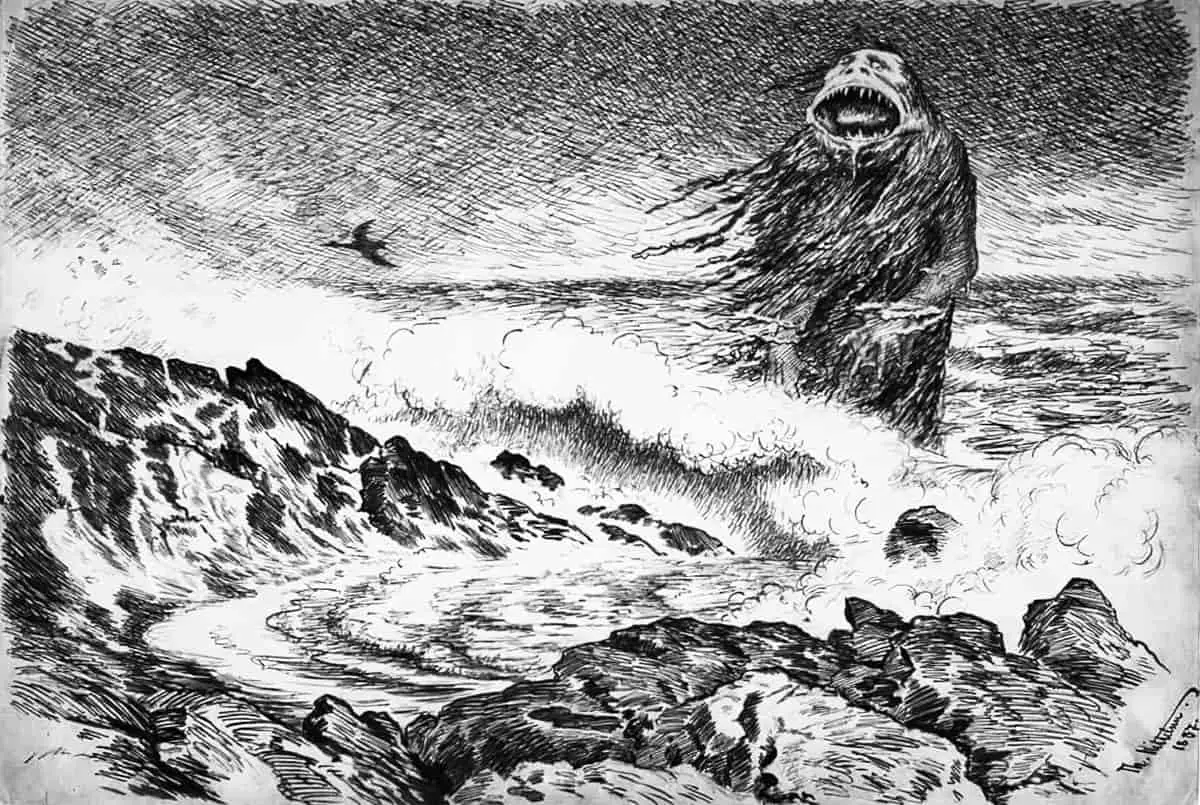


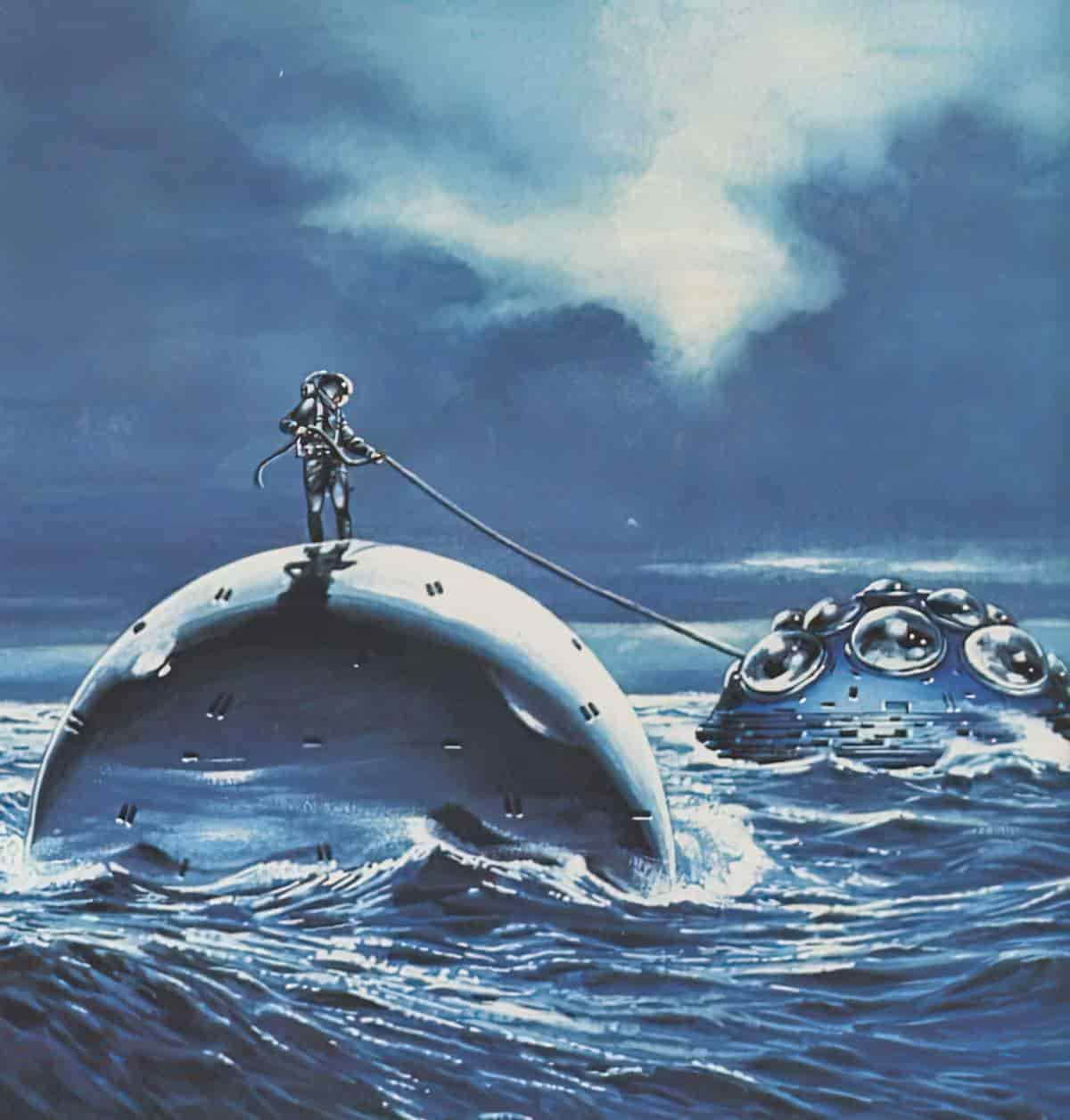
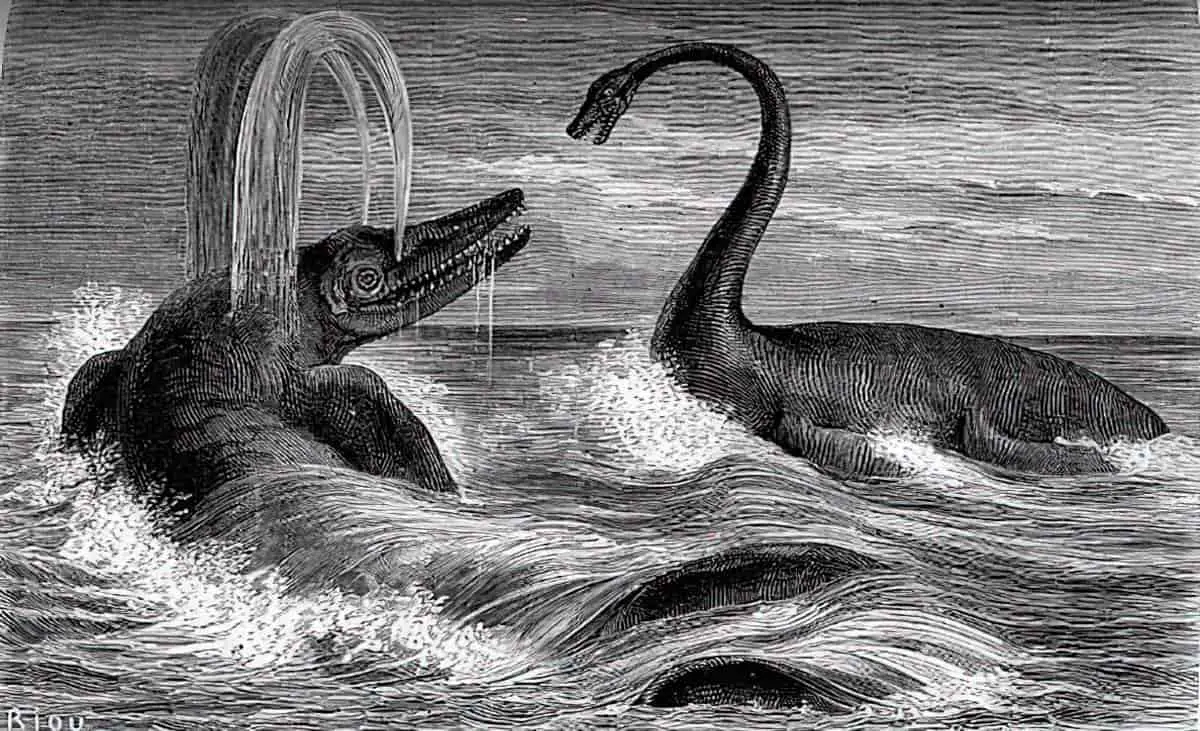


Goodreads List of Picture Books About Monsters. (Can you guess the book at number one spot?)
Why Were There So Many Giant Insects In The 1950s? from io9
Mythical Beasts and Modern Monsters from Brainpickings
The Best Monster Movie Posters, Ever from IndieWire



Mythological Monsters (2002)
Meet the living, fire-breathing mythical creatures of Greek legend. Sara Fanelli’s distinctive art style combined with the unusual design of the text adds new dimensions to the traditional picture-book experience.
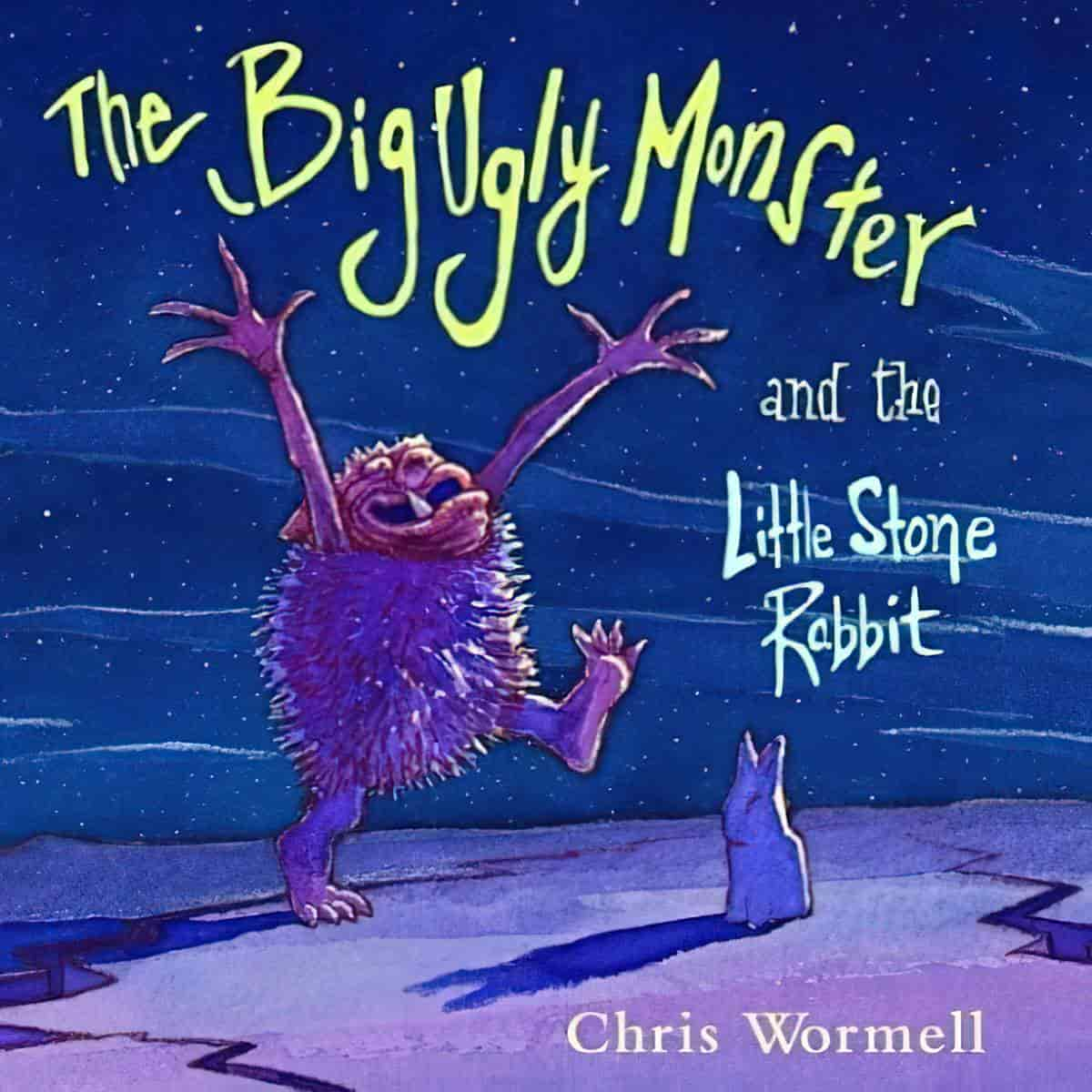
ONCE IN A cave, lived a horrible ugly monster. Perhaps the most horrible and ugly monster in the world. . . .
So ugly is the monster that he can turn a blue sky to snow and evaporate a pond just by dipping his toe in it. No living thing can stand to be in his presence. But the monster is not ugly on the inside; he’s just lonely. So he decides to build some friends out of stone, but even stones can’t stand the full force of the monster’s smile, and they all shatter . . . except for one.






FOR FURTHER INVESTIGATION
Talk for Writing Home-school Booklet: Marvellous Monsters by Maria Richards
Tracking Classical Monsters in Popular Culture
What is it about ancient monsters that popular culture still finds so enthralling? Why do the monsters of antiquity continue to stride across the modern world? In Tracking Classical Monsters in Popular Culture (Bloomsbury Academic, 2019), the first in-depth study of how post-classical societies use the creatures from ancient myth, Liz Gloyn reveals the trends behind how we have used monsters since the 1950s to the present day, and considers why they have remained such a powerful presence in our shared cultural imagination. She presents a new model for interpreting the extraordinary vitality that classical monsters have shown, and their enormous adaptability in finding places to dwell in popular culture without sacrificing their connection to the ancient world. Her argument takes her readers through a comprehensive tour of monsters on film and television, from the much-loved creations of Ray Harryhausen in Clash of the Titans to the monster of the week in Hercules: The Legendary Journeys, before looking in detail at the afterlives of the Medusa and the Minotaur. She develops a broad theory of the ancient monster and its life after antiquity, investigating its relation to gender, genre and space to offer a bold and novel exploration of what keeps drawing us back to these mythical beasts. From the siren to the centaur, all monster lovers will find something to enjoy in this stimulating and accessible book.
New Books Network
